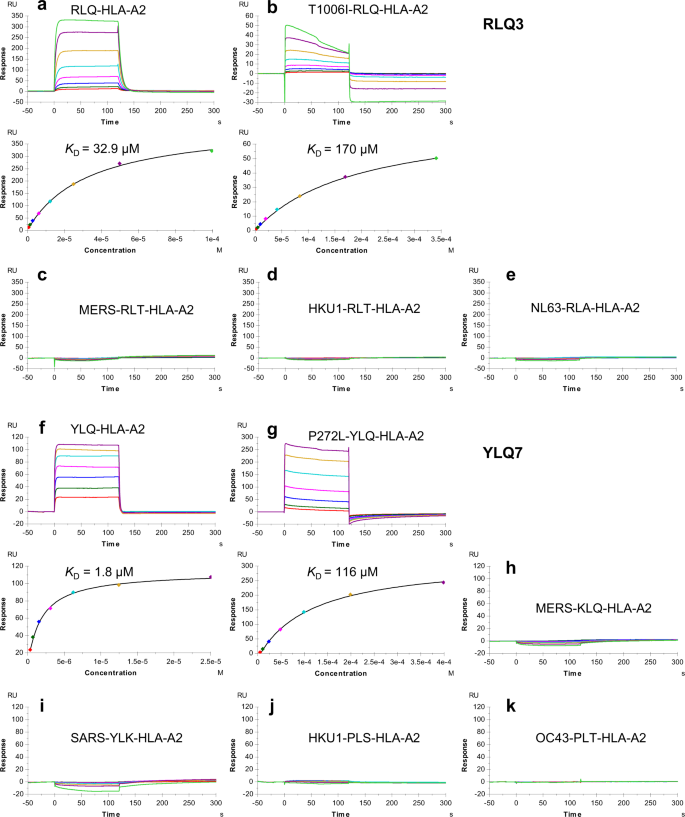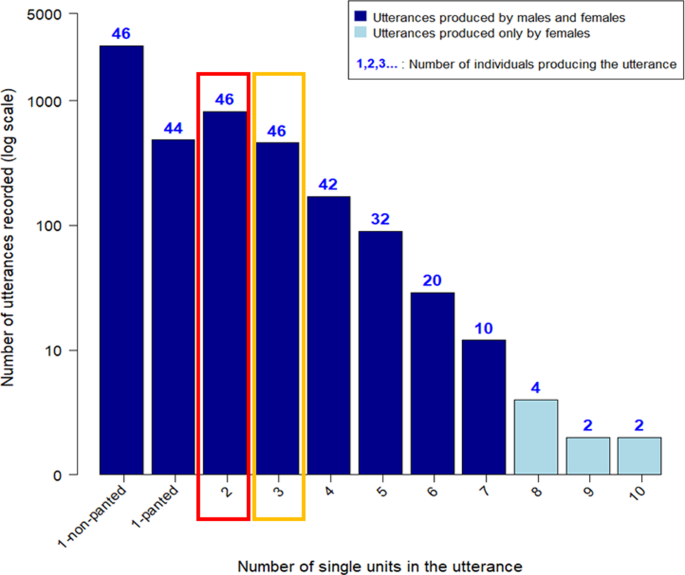2022-5-18 アルゴンヌ国立研究所(ANL)
APSを使って、ウイルスに対する、我々の身体のT細胞が、どのように原子レベルで変種を認識するかを調べました。T細胞は、感染した細胞を識別して破壊するのが仕事である。
『Nature Communications』誌に掲載されたこの研究成果は、懸念される変異体に対する新たな防御手段として、T細胞ベースのワクチンを開発する上で不可欠なものとなる可能性があります。COVID-19の初期ワクチンは、B細胞ベースのワクチンで、抗体反応を高めるように作用する。一方、T細胞ベースのワクチンは、SARS-CoV-2に対するウイルス破壊のためのT細胞反応を高めるものである。
研究チームは、APSの総合医科学・がん研究所構造生物学施設のビームライン23-ID-BでX線結晶構造解析を行い、SARS-CoV-2ペプチド(スパイクタンパク質の一部を構成する短いアミノ酸鎖)と結合した複数のT細胞受容体の構造を明らかにした。
<関連情報>
- https://www.anl.gov/article/always-adapting-scientists-use-argonnes-advanced-photon-source-to-fight-sarscov2-variants
- https://www.nature.com/articles/s41467-021-27669-8
パブリックおよびプライベートT細胞受容体が認識するHLA-A2拘束性SARS-CoV-2スパイクエピトープの構造評価 Structural assessment of HLA-A2-restricted SARS-CoV-2 spike epitopes recognized by public and private T-cell receptors
Daichao Wu,Alexander Kolesnikov,Rui Yin,Johnathan D. Guest,Ragul Gowthaman,Anton Shmelev,Yana Serdyuk,Dmitry V. Dianov,Grigory A. Efimov,Brian G. Pierce & Roy A. Mariuzza
Nature Communications Published:10 January 2022
DOI:https://doi.org/10.1038/s41467-021-27669-8

Abstract
T cells play a vital role in combatting SARS-CoV-2 and forming long-term memory responses. Whereas extensive structural information is available on neutralizing antibodies against SARS-CoV-2, such information on SARS-CoV-2-specific T-cell receptors (TCRs) bound to their peptide–MHC targets is lacking. Here we determine the structures of a public and a private TCR from COVID-19 convalescent patients in complex with HLA-A2 and two SARS-CoV-2 spike protein epitopes (YLQ and RLQ). The structures reveal the basis for selection of particular TRAV and TRBV germline genes by the public but not the private TCR, and for the ability of the TCRs to recognize natural variants of RLQ but not YLQ. Neither TCR recognizes homologous epitopes from human seasonal coronaviruses. By elucidating the mechanism for TCR recognition of an immunodominant yet variable epitope (YLQ) and a conserved but less commonly targeted epitope (RLQ), this study can inform prospective efforts to design vaccines to elicit pan-coronavirus immunity.


